SOURCE: AFI


In a significant development towards India’s Green Tug Programme, Kazutaka Nishimura, Director of Toshiba’s Battery Division, visited Hindustan Shipyard Limited (HSL) along with the Chairman of Lotus Wireless (LWT). The meeting focused on strengthening collaboration in developing advanced battery solutions for green vessels, aligning with the Government of India’s commitment to eco-friendly maritime practices.
Hindustan Shipyard, a pioneer in India’s green shipping revolution, is thrilled to partner with global leaders like Toshiba and innovative Indian companies like LWT. Kazutaka Nishimura expressed Toshiba’s enthusiasm for contributing to India’s green energy transition, particularly in the maritime sector. He emphasized the pivotal role of Toshiba’s cutting-edge battery technology in achieving the ambitious goals of the Green Tug Programme.
Continue readingSOURCE: RAUNAK KUNDE / NEWS BEAT / IDRW.ORG
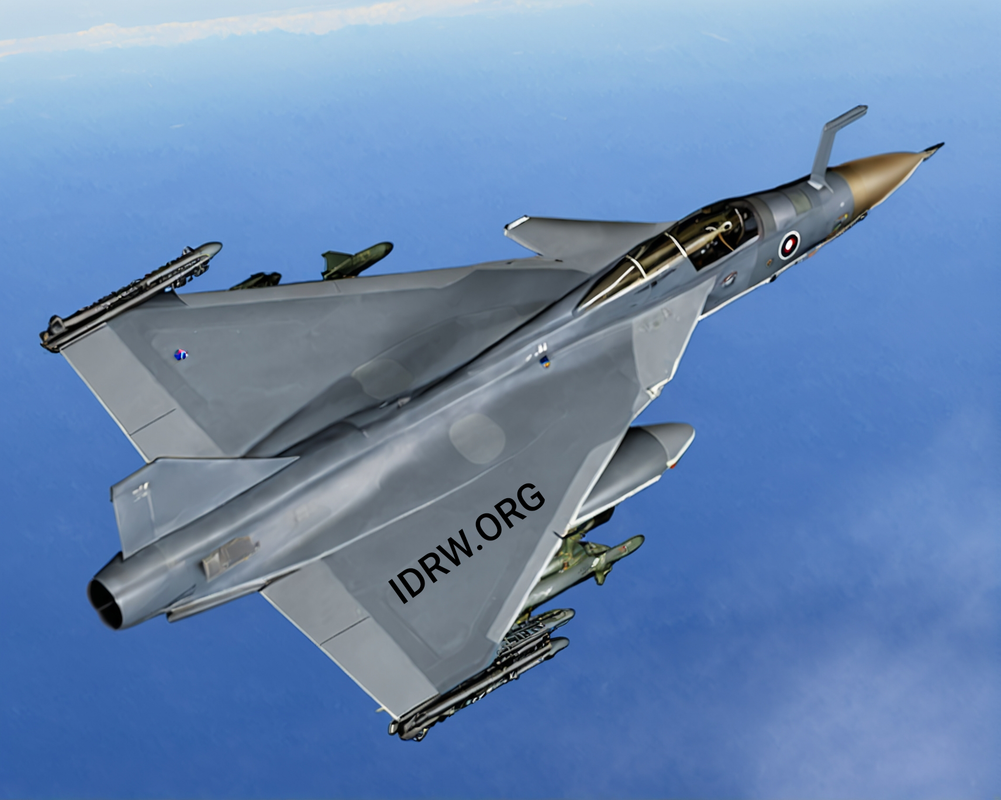

The Indian aerospace industry is witnessing a paradigm shift towards self-reliance with the Tejas Mk2 fighter jet program. According to Prabhulla Chandran VK, director of avionics and weapons systems at the Aeronautical Development Agency (ADA), the Tejas Mk2 is poised to achieve a remarkable 90% indigenous content when it enters production in 2031.
The journey towards self-reliance for the Tejas Mk2 will be a staged ascent. The initial prototype, expected in 2026, will boast over 70% indigenous components. This impressive feat signifies substantial progress compared to its predecessor, the Tejas Mk1A, which is expected to reach 70% indigenous content within the next four years.
Continue readingSOURCE: RAUNAK KUNDE / NEWS BEAT / IDRW.ORG
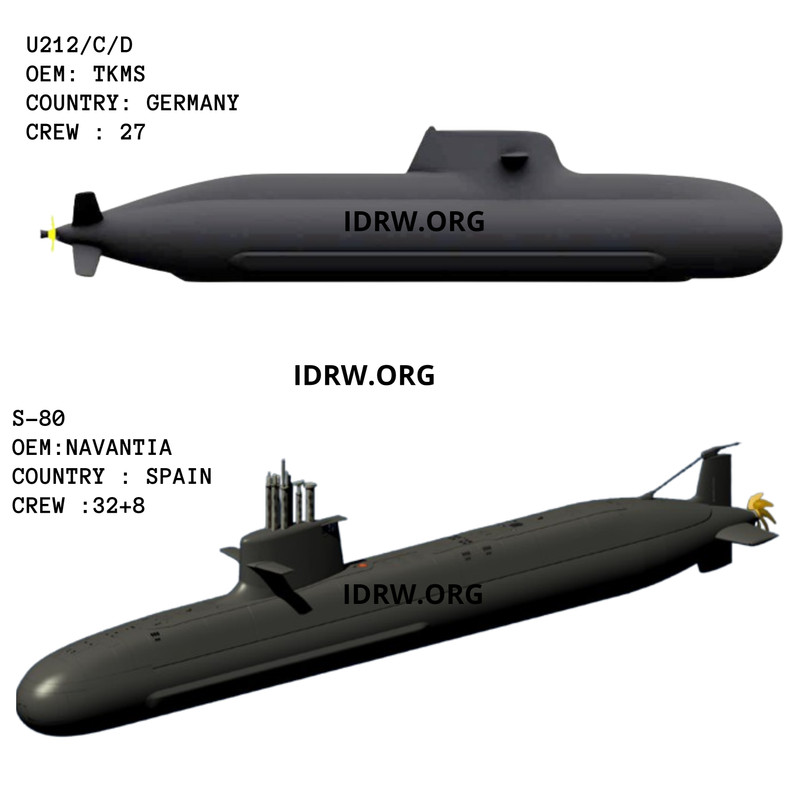

The competition for India’s prestigious P-75(I) submarine tender has taken an unexpected turn, with Spain’s Navantia challenging the leading position of ThyssenKrupp Marine Systems (TKMS) of Germany. Navantia has urged the Indian Ministry of Defence (MoD) to decide the winner of the contract based on a price discovery method, rather than relying on the results of the Air Independent Propulsion (AIP) system field evaluation trials (FET). This move could significantly impact the outcome of the tender for six submarines, a contract that is crucial for modernizing the Indian Navy’s underwater fleet.
Price discovery is a method where the market price of an asset is determined through the interaction of buyers and sellers. Navantia’s call for the Indian MoD to prioritize pricing in the decision-making process reflects a belief that they can offer the S-80 Plus submarines at a more competitive cost compared to TKMS. While this could be advantageous for India from a financial perspective, it diverts attention from the technical evaluations, especially the critical AIP systems that would provide submarines with enhanced endurance and stealth capabilities underwater.
Continue readingSOURCE: RAUNAK KUNDE / NEWS BEAT / IDRW.ORG
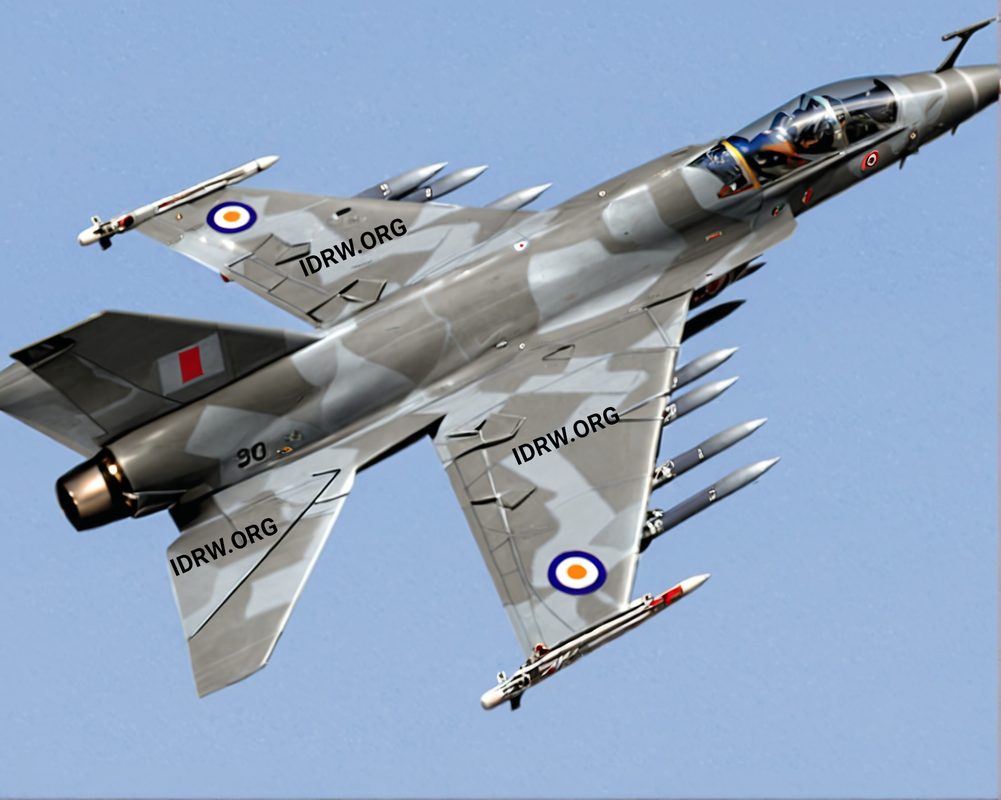

Hindustan Aeronautics Limited’s (HAL) ambitious HLFT-42 program, introduced in 2023 as the “Next-Gen Supersonic Trainer,” is undergoing further design refinements. With plans for additional wind tunnel testing, HAL aims to fine-tune the platform, which captured widespread attention for its impressive capabilities and potential to meet both training and combat needs for the Indian Air Force (IAF).
The HLFT-42 is designed to be much more than a typical supersonic trainer. With a 4.5-ton weapon payload capacity and a 16.5-ton Maximum Take-Off Weight (MTOW), the aircraft promises to not only provide advanced pilot training for 4th and 5th-generation fighter jets but also serve as a light combat jet. This versatility offers the potential for multi-role missions, making the aircraft a valuable addition to the IAF’s fleet, particularly for combat teaming scenarios.
Continue readingSOURCE: AFI
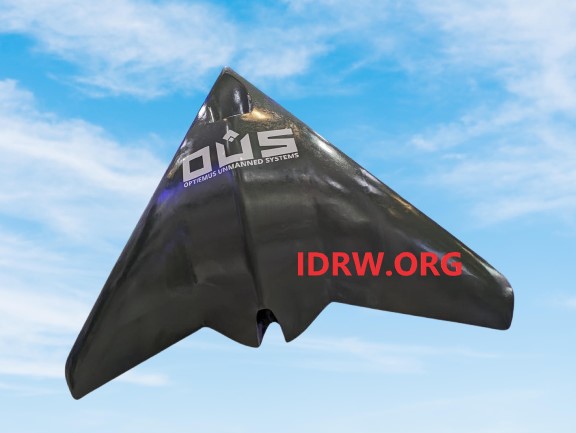

Optiemus Unmanned Systems (OUS), a subsidiary of Optiemus Infracom, has announced the development of its latest innovation in unmanned aerial technology—the OPTIEMUS Abhedya Unmanned System. The new platform is designed to cater to high-endurance missions, offering advanced capabilities in surveillance, geo mapping, and reconnaissance. With its stealth-shaped flying wing configuration and turbojet propulsion, the Abhedya UAV marks a significant leap in India’s indigenous unmanned aerial systems (UAS) sector.
These features allow the Abhedya to operate in both civilian and military environments, providing essential data for geo mapping, long-range surveillance, and monitoring critical infrastructure.
Continue readingSOURCE: AFI
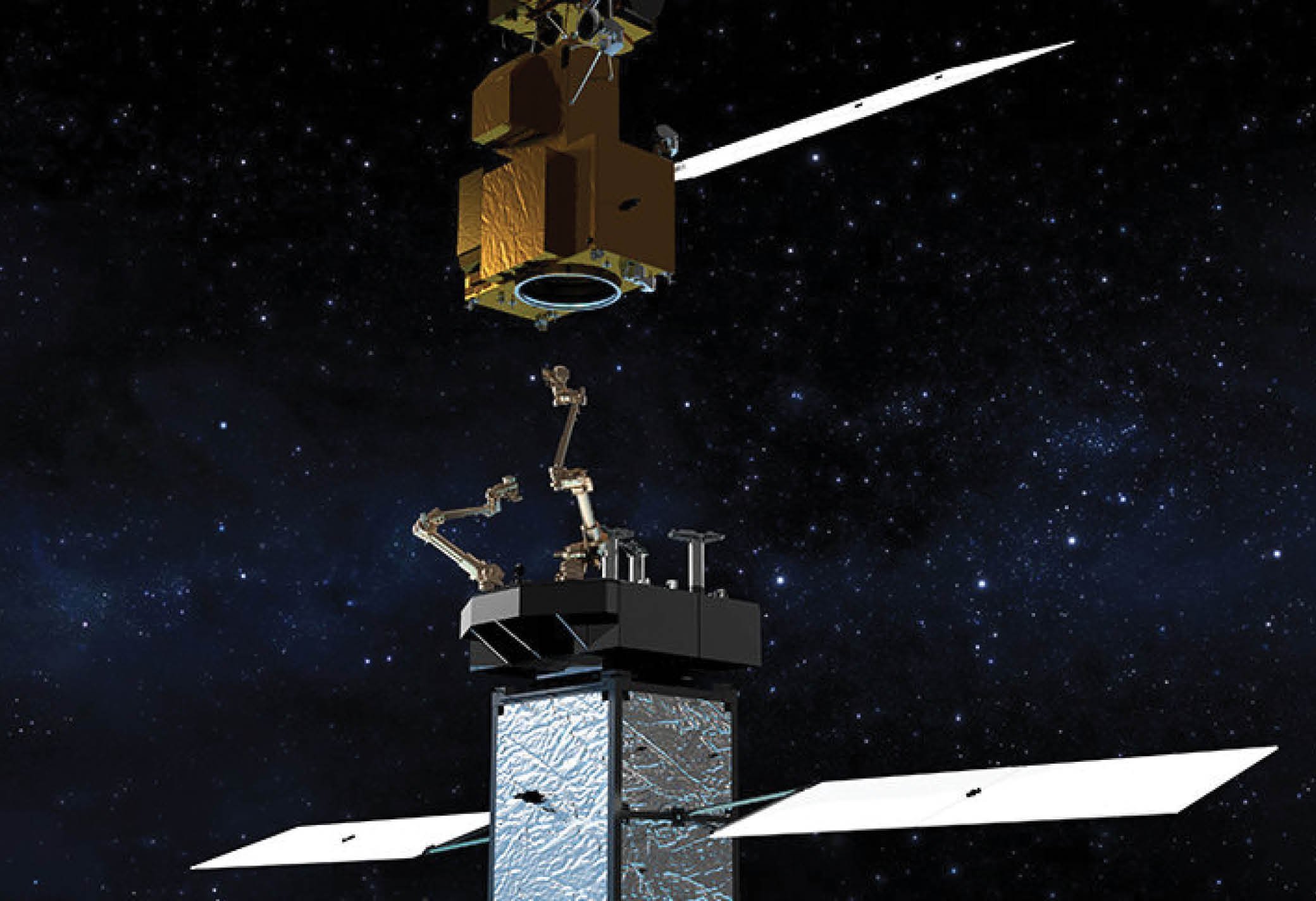

The Indian Air Force (IAF) is calling upon the private sector to design and develop cutting-edge technologies for Autonomous Docking Operations aimed at enabling On-Orbit Maintenance and Refueling (OOMR) of space assets. This ambitious initiative is part of the IAF’s broader efforts to enhance the operational longevity and capability of India’s space-based assets through innovative space servicing technologies. The project represents a significant leap in the country’s space capabilities, particularly in the areas of spacecraft refueling, maintenance, and upgrading operations while in orbit.
As space becomes an increasingly critical domain for defense, communications, and surveillance, maintaining the health and operational effectiveness of satellites and spacecraft is paramount. To address this, the IAF has launched a project to develop Autonomous Docking Technologies for on-orbit servicing of space assets, including refueling, maintenance, and upgrading operations.
Continue readingSOURCE: AFI


In a significant display of indigenous military technology, the South Western Command of the Indian Army recently showcased the Akash Weapon System. However, the highlight of the event was the first public appearance of the Akash Missile Replenishment Vehicle, a crucial support component that had previously remained under wraps.
The Akash Missile Replenishment Vehicle, seen for the first time, is a vital logistical asset designed to enhance the operational efficiency of the Akash Weapon System. The vehicle is capable of transporting three Akash missiles at once and is equipped with a crane system, enabling the swift and safe transfer of missiles onto the launcher. This functionality is critical in ensuring that air defense units can rapidly replenish their missile stocks during sustained combat operations, reducing downtime between missile firings and maintaining a constant state of readiness.
Continue readingSOURCE: AFI


In a significant step towards bolstering India’s underwater defense capabilities, the Cabinet Committee on Security (CCS) has given the green light for the construction of nuclear-powered attack submarines (SSNs). The move marks a major milestone in India’s indigenous defense manufacturing capabilities.
The plan is to initially build two 6,000-tonne SSNs at the Ship Building Centre (SBC) Visakhapatnam. Each submarine is estimated to cost around Rs 15,000 crore. These SSNs will play a crucial role in deterring potential adversaries, particularly China’s growing presence in the Indian Ocean Region.
Continue readingSOURCE: IDRW.ORG
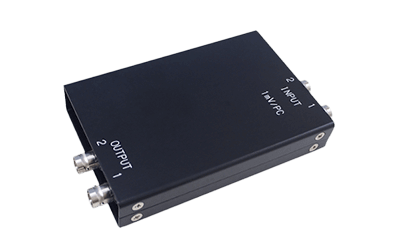

In a significant development for India’s indigenous fighter program, Bengaluru-based Varchas Aerospace Private Limited has been selected by Hindustan Aeronautics Limited (HAL) to replace a critical component of the Tejas Mk-1A aircraft. This move comes after a recent Danish export blacklist on a previously sourced engine charge amplifier threatened to delay the Tejas program.
The blacklisting was due to concerns regarding potential re-export to Russia in light of the ongoing conflict in Ukraine. To address this challenge and ensure program continuity, HAL entrusted Varchas Aerospace with the development of a locally manufactured engine charge amplifier.
Continue readingSOURCE: IDRW.ORG

ADE, a leading developer of Unmanned Aerial Vehicles (UAVs), is actively working to indigenize critical components of its UAV fuel systems. To ensure uninterrupted fuel supply to the engine at all altitudes, attitudes, and airspeeds, these systems rely on various Line Replaceable Units (LRUs) such as pumps and valves. However, many of these components are currently manufactured exclusively by foreign manufacturers, hindering India’s self-sufficiency in UAV technology.
To address this challenge, ADE has identified ten essential long lead components that need to be indigenized:
Continue readingSOURCE: AFI


In a significant move to enhance its precision-strike capabilities, the Indian Air Force (IAF) has selected JSR Dynamics, an emerging defense technology company, to develop Range Extension Kits (REK) for its 250kg High-Speed Low-Drag (HSLD) bombs. The project falls under the ADITI 1.0 industry challenge, initiated by the Innovations for Defence Excellence (iDEX) program. This selection marks a step forward in the IAF’s modernization efforts, aimed at increasing the operational effectiveness of its existing munitions.
The Range Extension Kits (REK) developed by JSR Dynamics will be assisted with a booster and an Electro-Optical Infrared (EOIR) terminal guidance system. This combination is expected to increase the range of 250kg HSLD bombs by over 150 kilometers, significantly enhancing the standoff strike capabilities of the IAF. With these kits, Indian aircraft will be able to release munitions from a safe distance, avoiding enemy air defenses while achieving greater precision in targeting.
Continue readingSOURCE: AFI


Air Chief Marshal Amar Preet Singh, the newly appointed Chief of Air Staff, announced on Friday a significant advancement in the Indian Air Force’s (IAF) modernization efforts with the development of the Netra MkII Airborne Early Warning and Control System (AEW&CS). The project will be based on Airbus A321 aircraft, which will undergo extensive modifications to serve as airborne surveillance platforms. Negotiations between the Defence Research and Development Organisation (DRDO) and Airbus are ongoing, with Airbus tasked with converting the commercial jets into high-tech reconnaissance aircraft while DRDO focuses on developing the mission systems.
Airbus Defence and Space (ADS), headquartered in Spain, has been selected as the lead contractor for the critical task of converting six pre-owned A-321s, acquired from Air India, into the advanced Netra MkII AEW&CS platforms. These aircraft will undergo a comprehensive transformation at Airbus’ Military Aircraft Design and Engineering department in Getafe, Madrid, transitioning from passenger jets into sophisticated airborne surveillance systems.
Continue readingSOURCE: AFI


Drones Tech Lab, a Kolkata-based technology firm, has emerged as the winner of the iDEX ADITI 1.0 challenge, a prestigious initiative aimed at fostering innovation in India’s defense sector. The company’s groundbreaking development of a helicopter-launched weaponized drone has earned them recognition and support from the Ministry of Defense (MoD).
The iDEX ADITI Edition 1.0 challenge, launched by the MoD, sought to identify Indian startups capable of creating a cutting-edge weapon system for the Indian Air Force (IAF). The desired system was a helicopter-launched drone equipped with Man-Unmanned Teaming (MUM-T) capability with a range of 40km.
Continue readingSOURCE: AFI
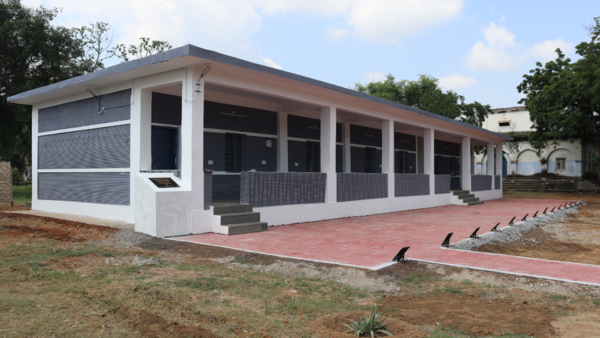

Telangana-based Simpliforge Creations and the Indian Institute of Technology, Hyderabad have teamed up with the military engineer services (MES) to set up the Indian Army’s largest and Madhya Pradesh’s first 3D printed building at Morar Cantonment in Gwalior, Madhya Pradesh. The building, which will house barracks for jawans with a capacity to accommodate 14 jawans, was built to demonstrate efficient housing solutions for troops in remote and challenging terrain.
Simpliforge Creations co-founder & CEO Dhruv Gandhi said while the foundation work for the 11-11.5 ft tall structure, spread over around 2500 sq ft, was done using conventional construction techniques, the 10-ft tall portion above the ground, excluding the beam, was all 3D printed in just a month’s time.
Continue readingSOURCE: AFI
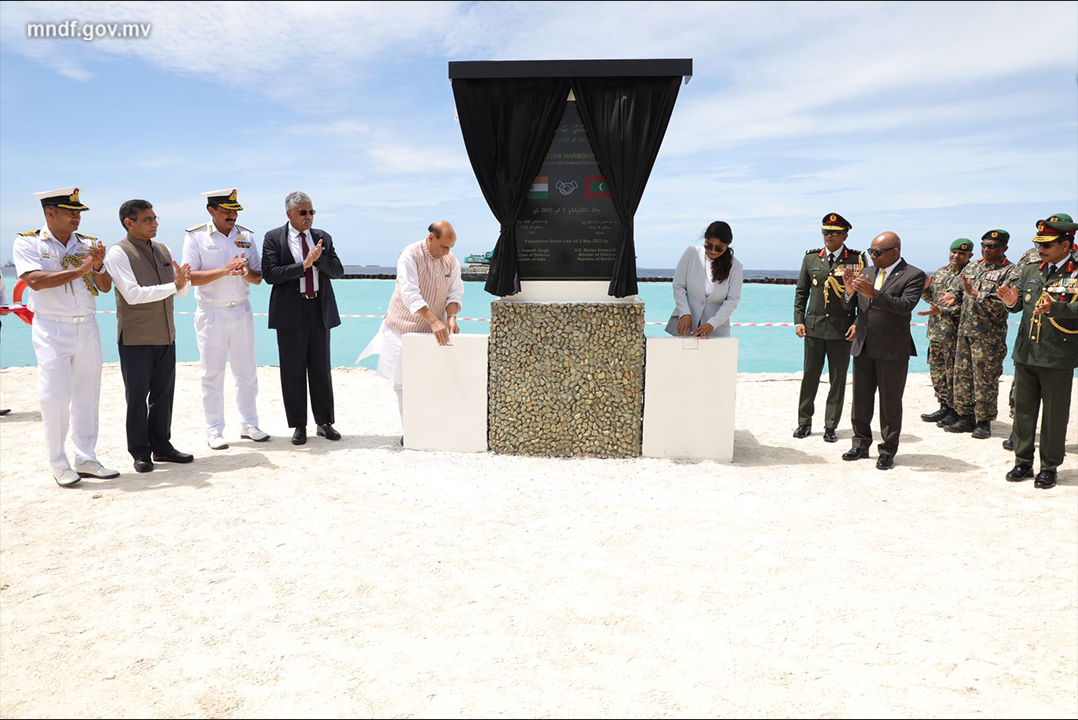

In a surprising policy reversal, Maldives’ newly elected President Mohamed Muizzu has agreed to continue defense cooperation with India, allowing New Delhi to deploy defense platforms in the Indian Ocean archipelago. This comes shortly after Muizzu’s government initially requested the withdrawal of Indian military personnel stationed in the Maldives, a move that was seen as a fulfillment of his election promise to reduce foreign military presence.
President Muizzu, who came to power on an “India Out” campaign, initially pushed for the withdrawal of Indian military personnel stationed in the Maldives for humanitarian and disaster relief operations. These personnel had been deployed as part of a longstanding agreement between the two nations to bolster regional security and humanitarian assistance in times of crisis.
Continue reading